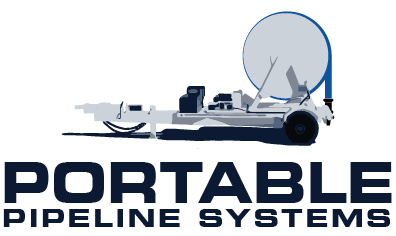We are experiencing an unparalleled water drought and our water distribution system needs to be improved.
We are experiencing some of the worst drought conditions (especially in the southwest U.S.) that our country has ever faced. We have a rapidly increasing population in areas that aren’t built to house the kind of demand, and we need innovative methods to manage a water supply system. For water to be present for all, we need to think outside of the box.
In some instances, we have already begun this process. Recently, reclaimed water has been growing in popularity as an essential water resource for potable and nonpotable uses. Furthermore, new conveyance systems, treatment facilities and beginning to implement more conservation practices are starting to make minor differences in the present and future of our water supply.
The problem with this is that the more changes we make, the more complex our systems become – which then means there is a far greater margin for error during the operation of the system.
As such, there has been an increasing number of attempts to develop an accessible general water supply system so that we can reliably have water now, but also with an eye towards long range planning.
Below are some distribution systems which many engineers are starting to work with for our future.
A Fully Operational (And Properly Working) Water Distribution System
- Water quality should not get deteriorated in the distribution pipes.
- Supplies water at all the intended places with sufficient pressure.
- No one should be without water supply – even during any repairs of the system.
- All the distribution pipes should be three feet away or above the sewer lines.
- There should be minimal leakage throughout the system.
Layouts of Water Distribution Network System
Since the water systems of each municipality have been constructed at various times of history, and usually follow the roadways, there are many different kinds of layouts.
Grid Iron Water Distribution System:
It is suitable for cities with rectangular layout, where the water mains and branches are laid in rectangles.
Advantages:
- Water is kept in good circulation due to the absence of dead ends.
- In the cases of a breakdown in some section, water is available from some other direction.
Disadvantages
- Exact calculation of sizes of pipes is not possible due to provision of valves on all branches.
Ring Water Distribution System:
The supply main is laid all along the peripheral roads and sub mains branch out from the mains. Thus, this system also follows the grid iron system with the flow pattern similar in character to that of dead end system.
Advantages:
- Water can be supplied to any point from at least two directions.
Radial System:
The area is divided into different zones. The water is pumped into the distribution reservoir kept in the middle of each zone and the supply pipes are laid radially ending towards the periphery.
Advantages:
- It gives quick service.
- Calculation of pipe sizes is easy.
Dead End System:
It is suitable for old towns and cities having no definite pattern of roads.
Advantages:
- Relatively cheap.
- Determination of discharges and pressure easier due to less number of valves.
Disadvantages
- Due to many dead ends, stagnation of water occurs in pipes.



 Sales Office Location
Sales Office Location
 sales@portablepipelinesystem.com
sales@portablepipelinesystem.com